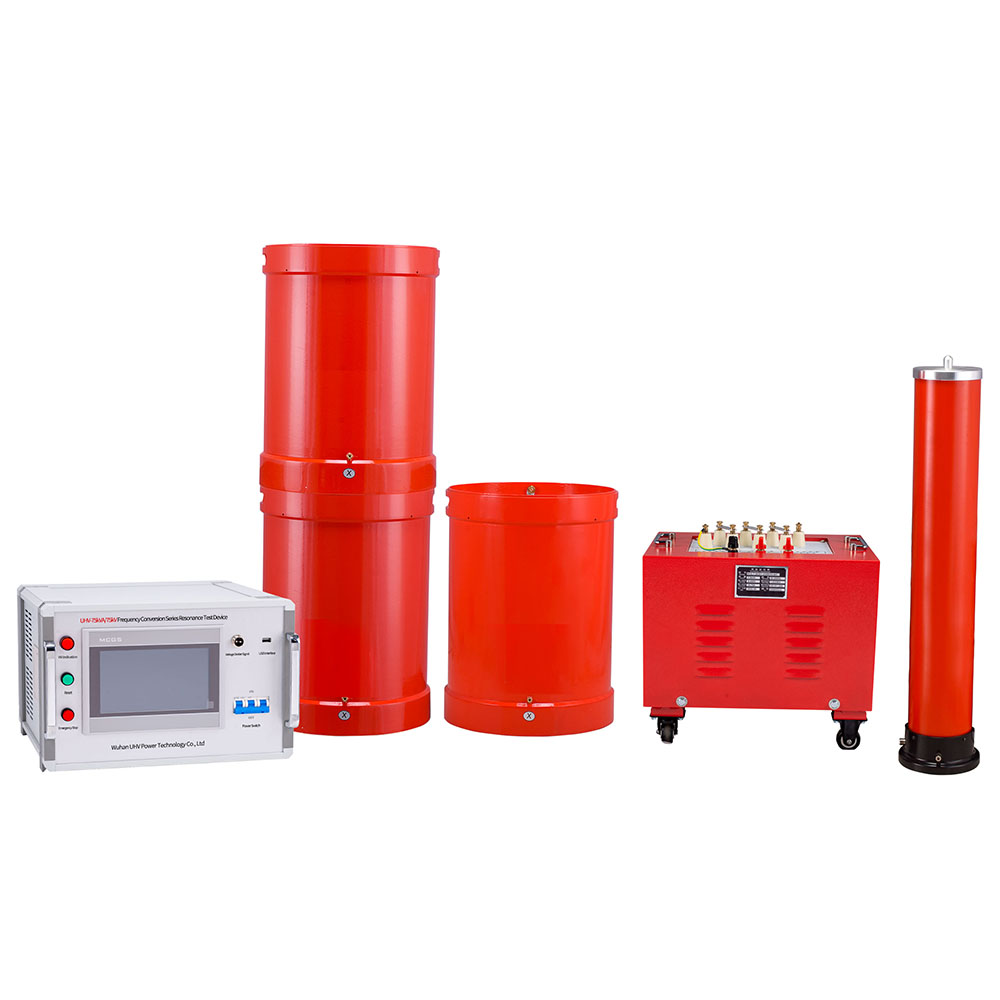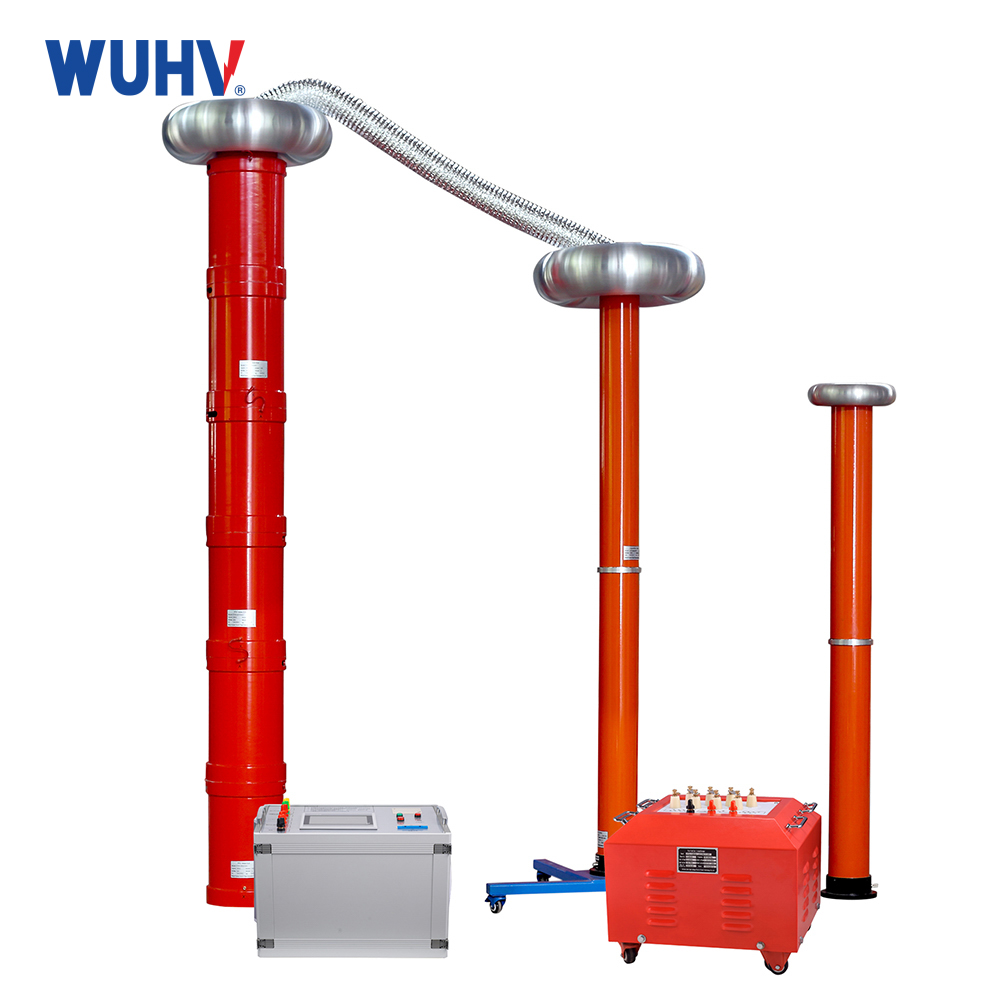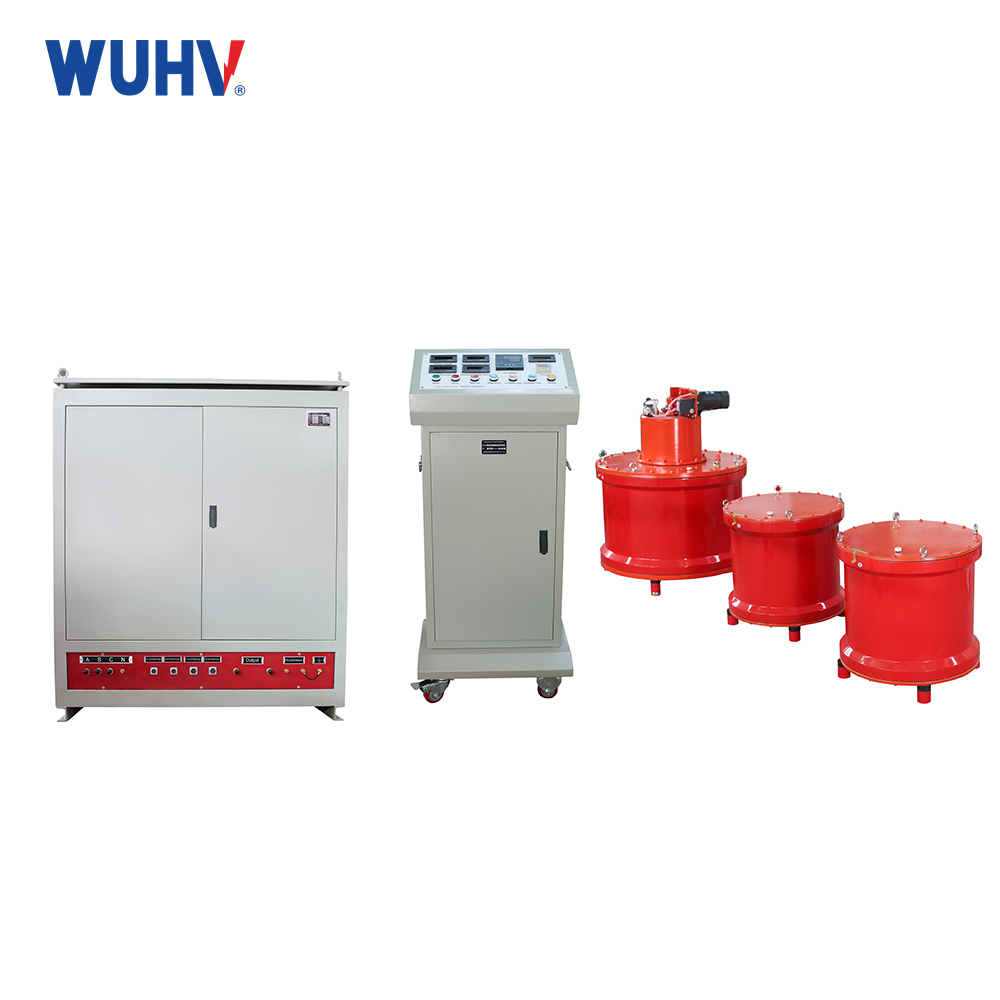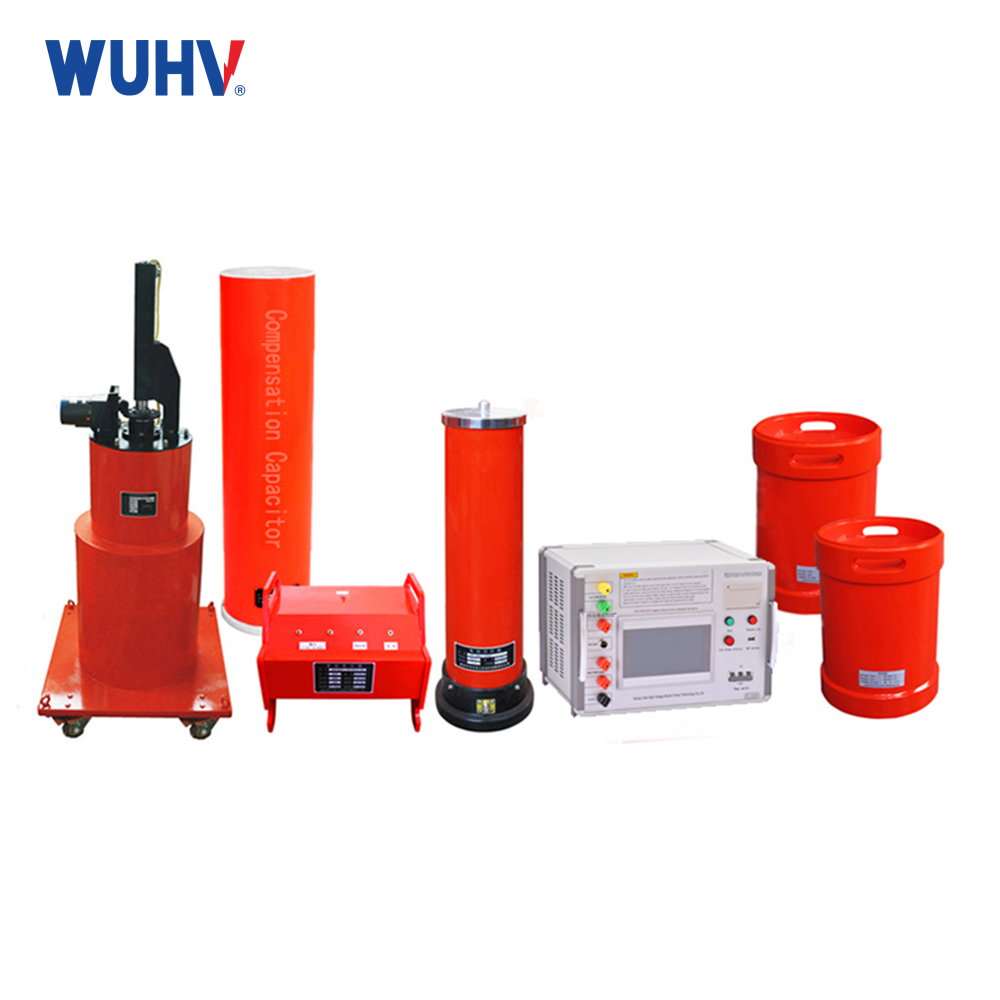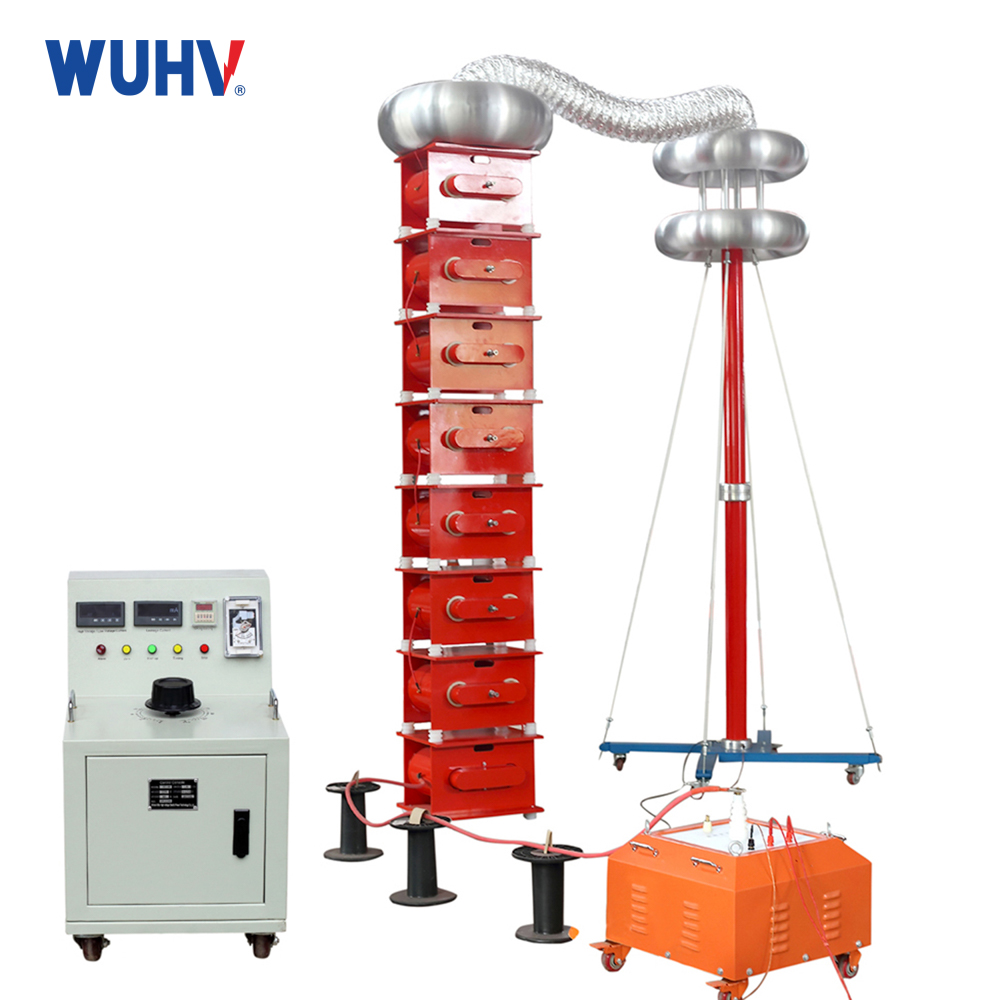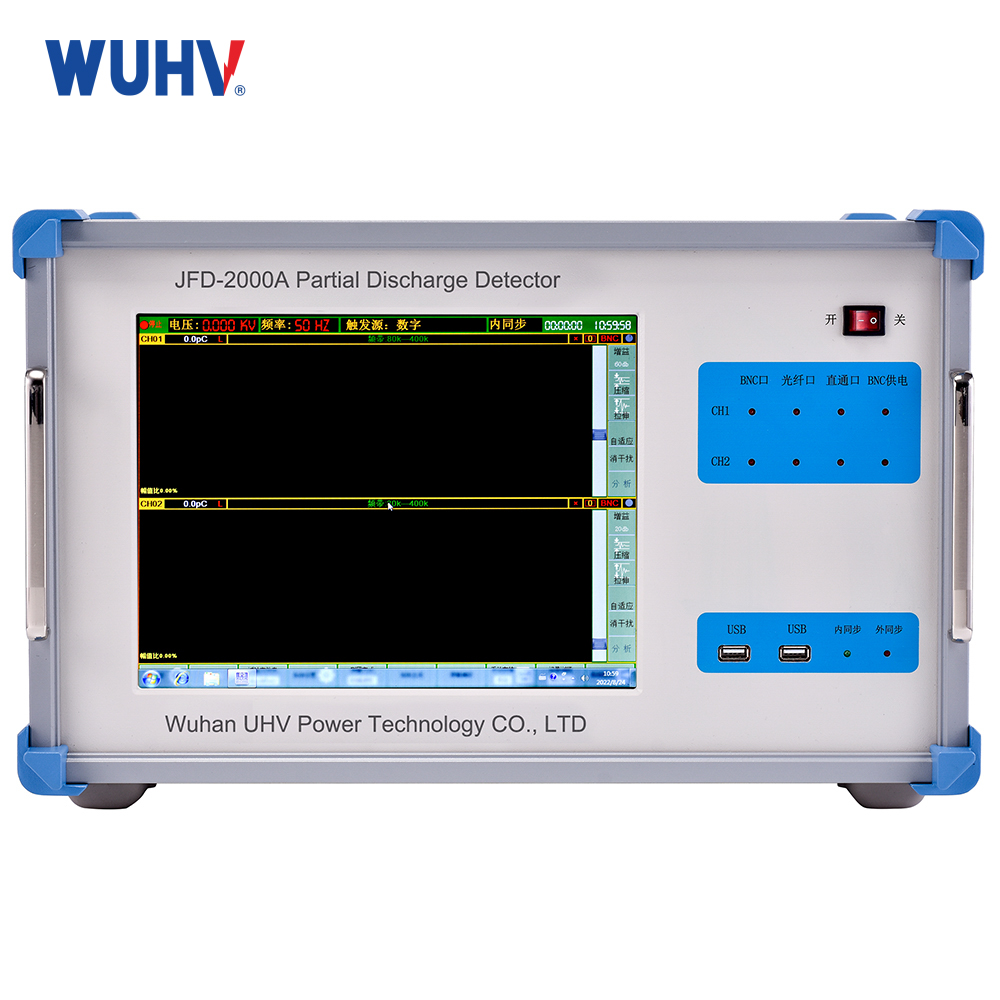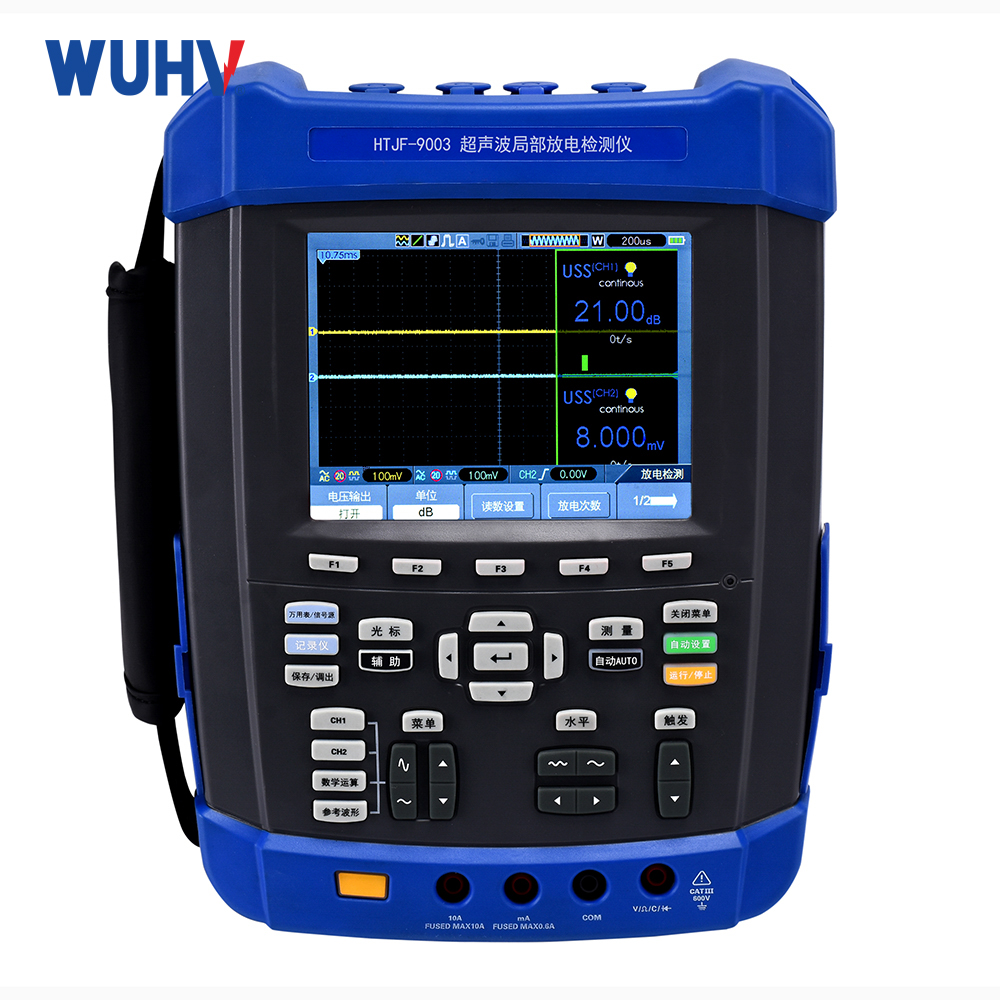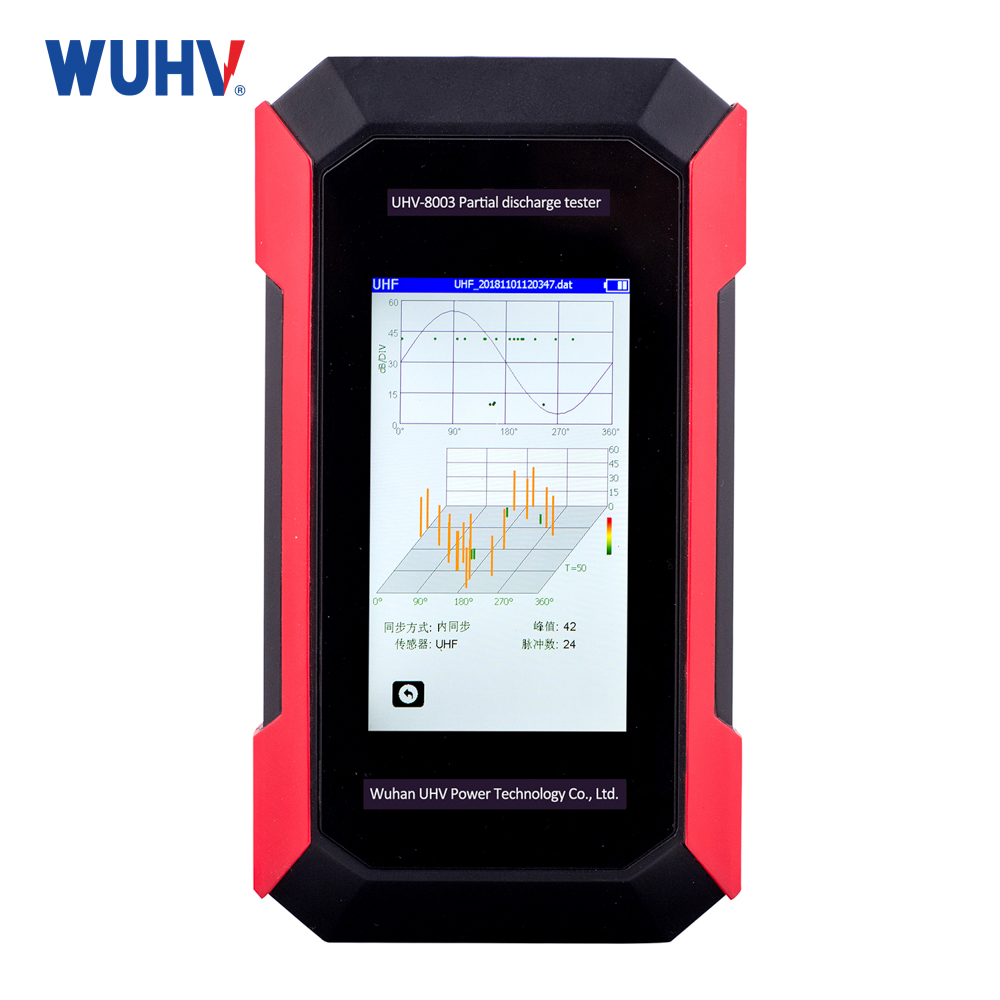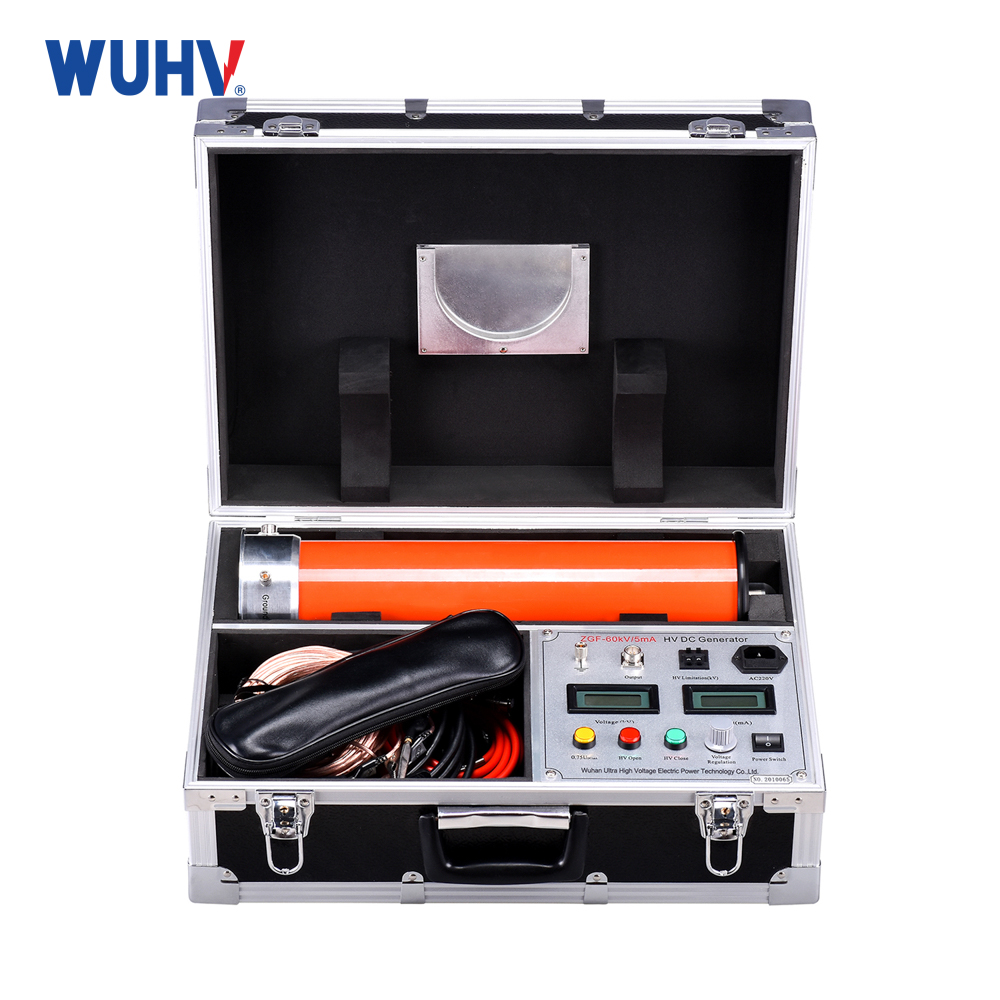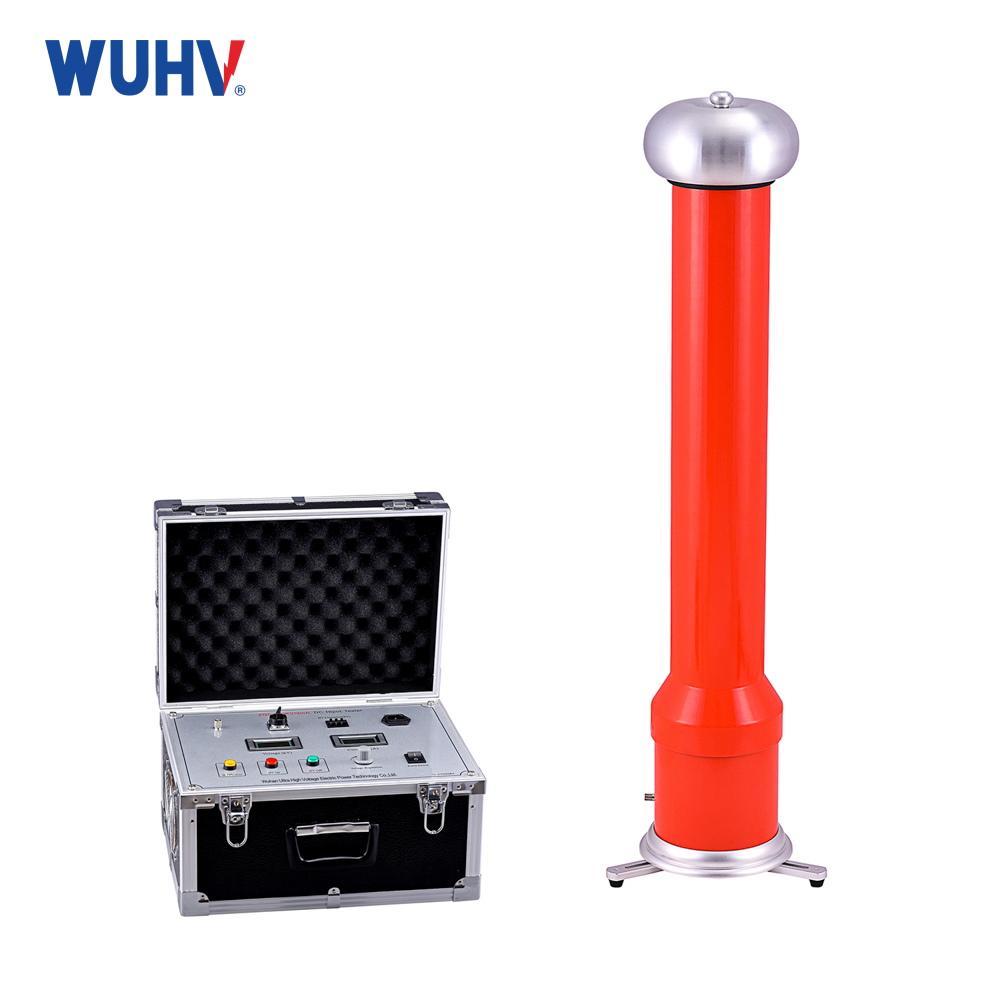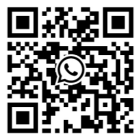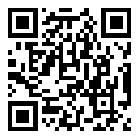AC voltage withstand test plan? Wuhan UHV specializes in producingAC withstand voltage testing equipment, with a wide range of product options. When looking forAC withstand voltage testing equipment, choose Wuhan UHV.
In electrical engineering, equipment insulation testing is an important means to ensure the normal operation of electrical equipment in the device and to promptly detect potential insulation performance cracking faults caused by collisions, vibrations, and other factors during manufacturing and transportation. Through electrical testing, the insulation condition of electrical equipment can be understood, and problems can be promptly solved or replaced to ensure the normal operation of the electrical equipment in the device.
test method
Insulation resistance, absorption ratio, and polarization index test
(1) The significance and role of the experiment
Measuring the insulation resistance of electrical equipment can sensitively reflect the insulation condition, effectively detecting local or overall moisture and dirt in the equipment, as well as defects such as insulation breakdown and severe overheating aging. The absorption ratio and polarization index can reflect the degree of moisture absorption in equipment and are important indicators for determining whether the equipment is affected by moisture.
(2) Select standards for testing together
Electrical equipment or circuits below 100V shall use a 250V megohmmeter
Electrical equipment or circuits below 500V to 100V shall use a 500V megohmmeter
Electrical equipment or circuits below 3000V to 500V shall use a 1000V megohmmeter
Electrical equipment or circuits below 10000V to 3000V shall use a 2500V megohmmeter
Electrical equipment or circuits above 10000V shall use a 2500V megohmmeter
(3) Experimental methods and steps
According to the wiring measurement of different test samples: "E" is connected to the ground terminal of the test sample, "L" is connected to the high voltage terminal of the test sample, and "G" is connected to the shielding terminal.
Check the megohmmeter. When the "L" and "E" terminals are short circuited and the pointer points to zero, and the open circuit pointer points to "∞", connect the high-voltage terminal to the test object with an insulating tool, and record the insulation resistance values at 15s and 60s respectively.
Disconnect the megohmmeter, short-circuit discharge and ground the test sample.
Record the temperature, humidity, meteorological conditions, test date, and instrument usage of the tested equipment during measurement.
(4) Test wiring and precautions
When measuring the insulation resistance of transformer windings, the lead terminals of the tested winding should be short circuited, and the non tested winding should be short circuited to ground, that is, the standard method.
When measuring the insulation resistance of generator windings, there is a significant relationship between the tested phase and temperature. Generally, the insulation resistance decreases by half when the temperature rises by 10 ℃.
Before and after the test, the battery should be fully discharged for at least 5 minutes, otherwise it will affect the test results.
When measuring the insulation resistance of power capacitors, the capacitor should be fully discharged for 2-5 minutes before and after the test. Before disconnecting the megohmmeter lead, the handle should not be stopped shaking to avoid damaging the megohmmeter.
(5) Analysis of experimental precautions and influencing factors
When measuring the insulation resistance of large capacity motors and long cables, the charging current is high, so the initial reading of the megohmmeter is small. However, this does not mean that the insulation of the tested object is poor. It must take a long time to obtain the correct result and prevent the tested equipment from charging the megohmmeter back and damaging it.
When measuring absorption ratio, avoid errors caused by recording time.
The installation position of the shielding ring should be correct. In order to avoid the influence of surface leakage, an equipotential shielding ring should be added when the insulation meter is full during measurement.
The connection between the megohmmeter and the test sample should use the dedicated wire provided by the manufacturer for the megohmmeter, and the two wires should not be twisted or dragged on the ground, otherwise measurement errors may occur.
For ease of comparison, the same model of megohmmeter and wiring should be used when measuring the same device.
The capacity of a megohmmeter has a certain impact on measurement results such as insulation resistance and absorption ratio, and should be taken into account when analyzing and comparing test results.
The measured insulation resistance value and absorption ratio should meet the requirements of the regulations, but simply specifying the insulation resistance value is not comprehensive. In the test, the measured results should be compared with relevant data.


